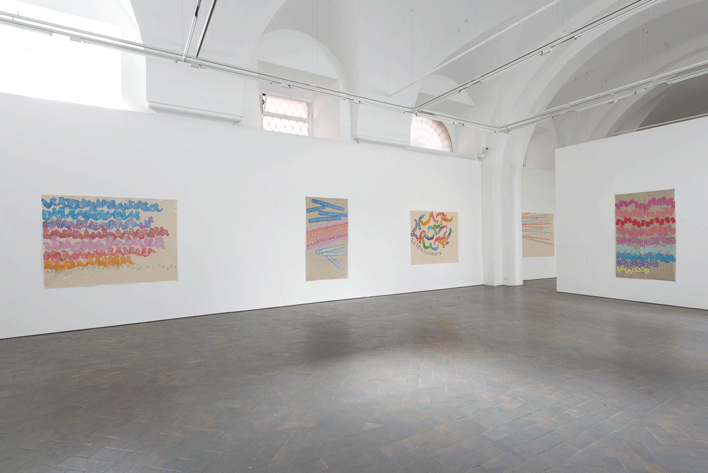
“Lorcan O’ Neill is a very open minded gallerist and he welcomes people with initiative. If you want I can give you his contacts and you guys can propose a project to him.”
It was my friend Rbb to speak. Stout, tanned, nervous, short hair and a striped shit – pretty much a young Picasso – he was now working at Lorcan O’ Neill, one of the most prestigious galleries in Rome. He was a good artist and a generous person. He talked really fast, with a cadence making his words sound like there were trundling down a long staircase. Maybe if he would have born in another century, land in a different art scene, he wouldn’t just have helped set up Giorgio Griffa’s show at Lorcan – he would have actually had his own art exhibition there.
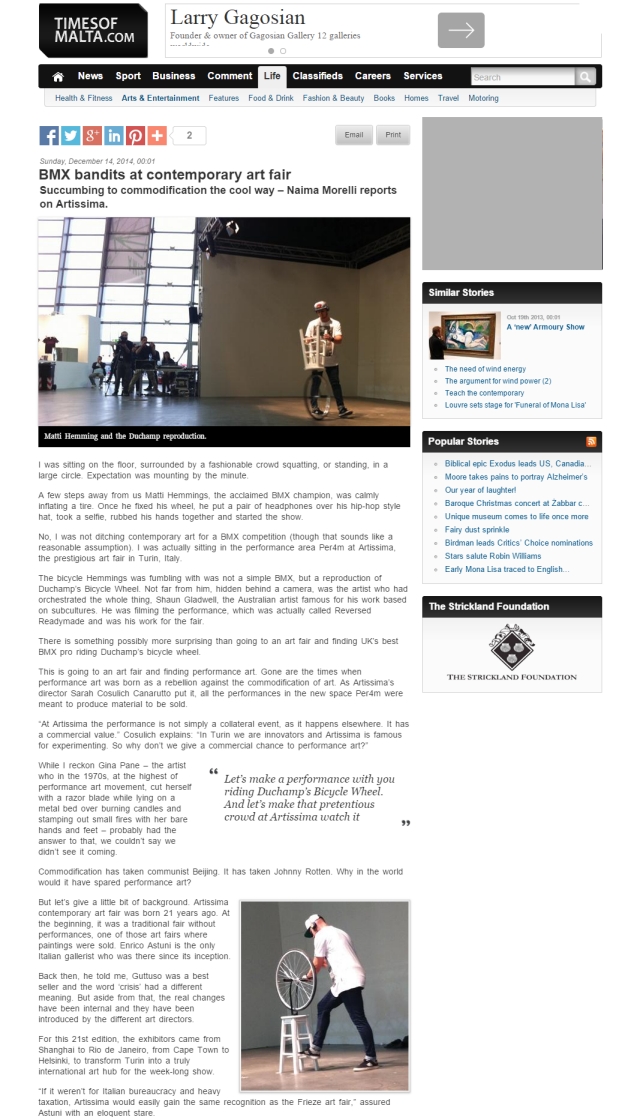
The Times of Malta has just published my article on Shaun Gladwell’s performance featuring BMX champion Matti Hemmings at Artissima Art Fair in Turin.
“It was actually quite enjoyable to see Shaun Gladwell’s high-brow/low-brow performance. I liked this idea that art is made to be used and experienced. I started imagining Shaun sitting in a pub with Hemmings, bouncing off ideas before a beer. ‘Man, let’s climb the Mont Blanc, let’s spend the whole winter in Brazil, let’s make a performance with you riding Duchamp’s Bicycle Wheel. And let’s make that pretentious crowd at Artissima watch it!’ ”
Here’s the link to the online version of the magazine
Read More
For years I’ve considered myself a massimalist.
I’m Italian, I’m Neapolitan. We are baroque people. We are about adding, getting into the abundance of love, life, colours, art, words, food, everything. We don’t throw away stuff. We are sentimental people and everything has a value to us. An old handkerchief can remind us of a particular day, a necklace of a particular person. Objects for us are about suggestions, evocations.
Also, we don’t throw away stuff because “It can always be useful”. We stuff our shops with exotic objects, our wallets with family photos, the windows of our car with praying cards, our bookshelves with books. We are curious people, we are open to change our mind even in the span of a short conversation – in fact more often than not we are also contradictory in our speaking and thinking. I’m guilty of that myself, never getting straight to the point but continuously overlapping levels and levels of thoughts. A common Neapolitan saying is: “A cap’ è na sfoglia ‘e cipolla”, meaning “The head is as layered as an onion”. We might have an opinion about everything, but deep down we question everything.
Read More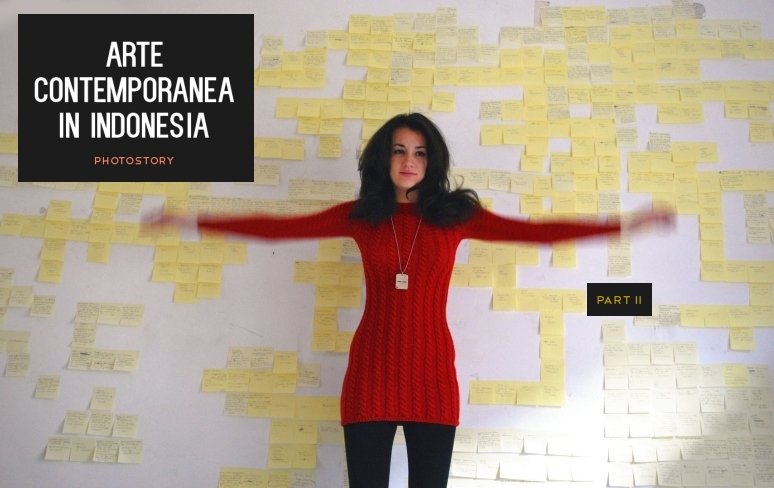
Here’s the second part of my photostory from the research for my book about contemporary art in Indonesia. If you miss the first part you can find it here.
Rome, Berlin, Sorrento, Melbourne, Naples, Venice. Since I came back from Indonesia I tried to look for Indonesian art, artists and exhibitions wherever I went – and I met wonderful people in the process. At the same time I faced the challenge to organize all the material from my research and integrate it with new information. For months the arts pages of the Jakarta Post, the Jakarta Globe and Asia Art Pacific became my morning reading. I didn’t know much about how to write a research-based book when I started and I learned so much in the process – in the photo above you can see me experimenting with post-its.
In a few weeks the book will finally be published (want to be updated? Drop a mail to contact[at]naimamorelli.com with the subject line Indonesia Book and I’ll keep you posted). In the meantime here are some pictures from the European and Australian part of my research:
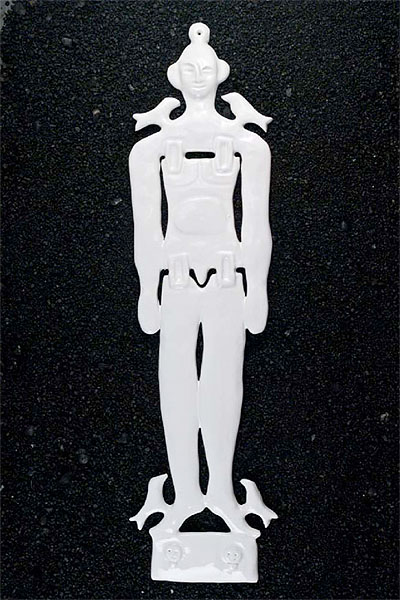
I don’t now if your grandmother ever had a garden, and in that garden she used to keep palms, bamboos and other tropical plants. Imagine yourself sitting in a corner of the porch after a good grandma-style lunch. The November sun behind the vegetation transforms the leaves into mysterious green neon lights and makes the bark of threes shine like silver. You may call it a Sunday afternoon enchantment, you may call it Refulgenzia. In that moment you can even expect a tiger jumping out from behind a terracotta pot – which of course, now looks like a column from some Bengalese temple. It’s the exact same feeling that Paolo Conte – the Italian musician – so well depicted in his song Azzurro: “Cerco un pò d’Africa in giardino, tra l’oleandro e il baobab” (“I’m looking for a bit of Africa in my garden, between the oleander and the baobab”). It’s about looking for the exotic in the familiar and the familiar in the exotic. In contemporary art not many artists are able to convey that. Oreste Zevola does it.

The new exhibition season in Rome is kicking off with a promising show entitled SHOUT! which will be held in MACRO from September – November 2014 in conjunction with the film festival Asiatica Film Mediale.
The show is curated by Singapore-based curator Santy Saptari and Bryan Collie, director of Melbourne’s MiFA Gallery and features artists Aditya Novali, Andita Purnama, Angki Purbandono Bestrizal Besta, Erika Ernawan, Gatot Pujiarto, Maria Indra Sari, Sigit Santoso, I Gusti Ngrurah Udiatara, Tantin, Yudi Sulisto and Gusmen Heriadi.
Yesterday I sneaked inside the MACRO to take some pictures of the artists setting up the show and have a chat with them. Here’s a preview of what you will see from the 26th of September:

Do you remember MSN? That fairly basic chat you used to spend hours on, chatting with your faraway summer friends during winter? Ten years ago MSN was one the first ways to keep all your “contacts” together.
Back then, my friend Enrico was very big on “contacts”. He was – and still is – a very friendly person who is comfortable with pretty much everyone. When he was thirteen the idea of having all his friends in one single place was to him the most exciting thing ever – right after Harry Potter I suppose. As for me, I used to considered other people being an annoyance most of the times – fictional people like Harry Potter included – so the fact that he was bragging about the number of his MSN’s contacts sounded funny to me. Fast forward to the Facebook era, my friend’s account is bursting at the seams, and so he periodically purges it – only to repent short time after and re-add his unfriended ones.
Today as a grown up girl I finally understand the importance of other people. I gave up my antisocial punk attitude and I started to appreciate talking and exchanging ideas with people big time. If I have to spot a precise time I decided cut on my misanthropy, I would say when I first encountered the Roman art world. At nineteen I was going to plenty of vernissages, often with my two best mates – “compagni d’arte” – and we were wondering about why all those caryatids, err, older people, didn’t want to talk with us. If you are not familiar with art openings in Italy, you should know that you seldom see younger people there. This was far from bothering me. I figured I just had to be more stylish, so I started wearing a little black dress, red lipstick and the right amount of boldness.
Read More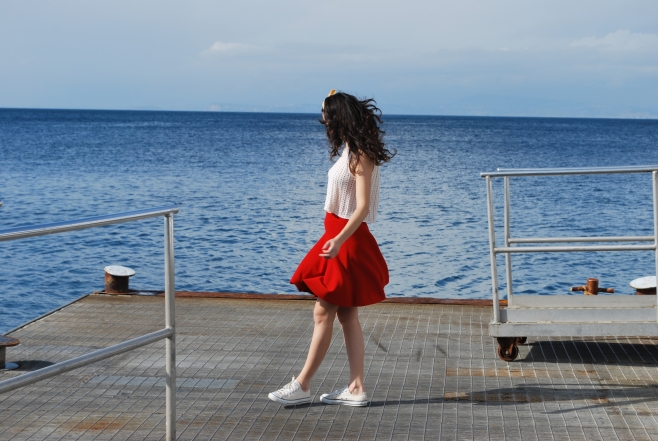
I remember one beautiful evening few years ago in Rome. I was walking with my new friend Francesco, a mime just met at Cinema Trevi. Quite strangely for a mime, he was a chatterbox. I thought that was because he couldn’t talk on stage, so that was his way to vent. Since I just came back from an opening at Gagosian gallery, I was wearing red lipstick, a little back dress and red shoes. Francesco and I keep on whirling in the street paved with cobblestones and he said: “You know what the beauty of life is? That you can live wherever you want. You just have to choose a city, and you can move there anytime.” Then he went on telling me about when he was my age – twenty-one at the time – and he moved to Spain by himself. He was working in a bar near the beach, studying as an actor at the same time. He also told me about that time that he saved a girl abused by a group of guys – an anecdote he clearly unsheathed to impress me. Aside from that, the beautiful thing about Francesco was his constant excitement and exaggerated optimism. He could have been banal and cliché in his representation of happiness, fancying sunsets on the beach and the like, but he was still infusing me merriness and even a little inspiration.
Over the years I kept on asking myself: Is that true? Can you really pick a city you like and decide to move there on the whim?
Read More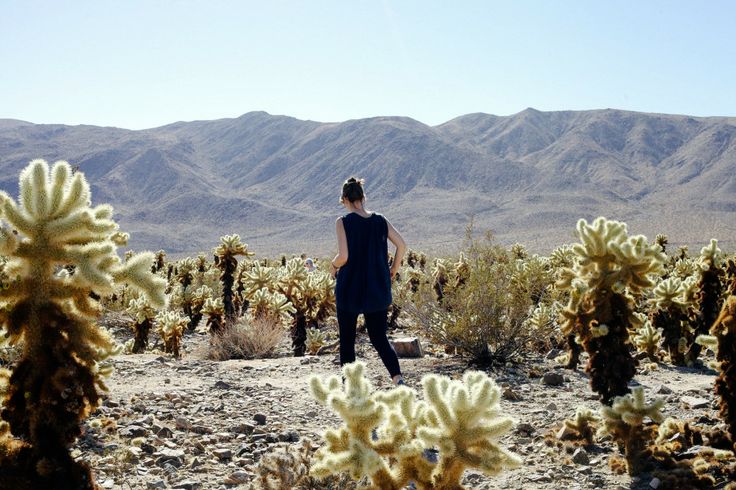
There is a mesmerizing Patti Smith’s song I used to listen to when I was in my teens. It’s called “Land” and tells – in a very surreal way – the story of this guy called Johnny. Since the chord progression wasn’t too complicatedly, I quickly learned to play it on the guitar. There was a particular line that made me pretty excited when I sang it. It was “I hold the key to the sea of possibilities”.
When I was seventeen I had a number of small abilities, but very little how-to knowledge.
My guitar practice alone branched off into my folk Neapolitan repertoire, my intimate Carla Bruni-like songs and my love for punk rock. These three aesthetics were not conflicting to me. That was confirmed by reading on a magazine that Norah Jones also had a punk band. I thought, if she does it, why I shouldn’t? (Well, if you have ever heard me singing and playing, the answer is pretty straightforward).
Way before I would learn the position for a E chord, I was making been comic books. Since I was born, I have never stopped drawing and creating stories. As often happens, I started making comic books since I was in high school and my school mates were my first readers. Never in my life I considered to stop that. Then of course, there was the writing. I was that annoying kid asked by the teacher to stand up and read her essay out loud. I didn’t really like to do that, mostly because my pulp Tarantino-confronts-Romero-on-the-theme-of-abortion like essays were meant to be read with a little verve. Which I completely lacked of . Anyways, at eighteen I started writing for an art magazine and a number of rock and general publications. Around the same time, I started covering every blank spot I could find in the city with graffiti. Man, that was real fun!
Read More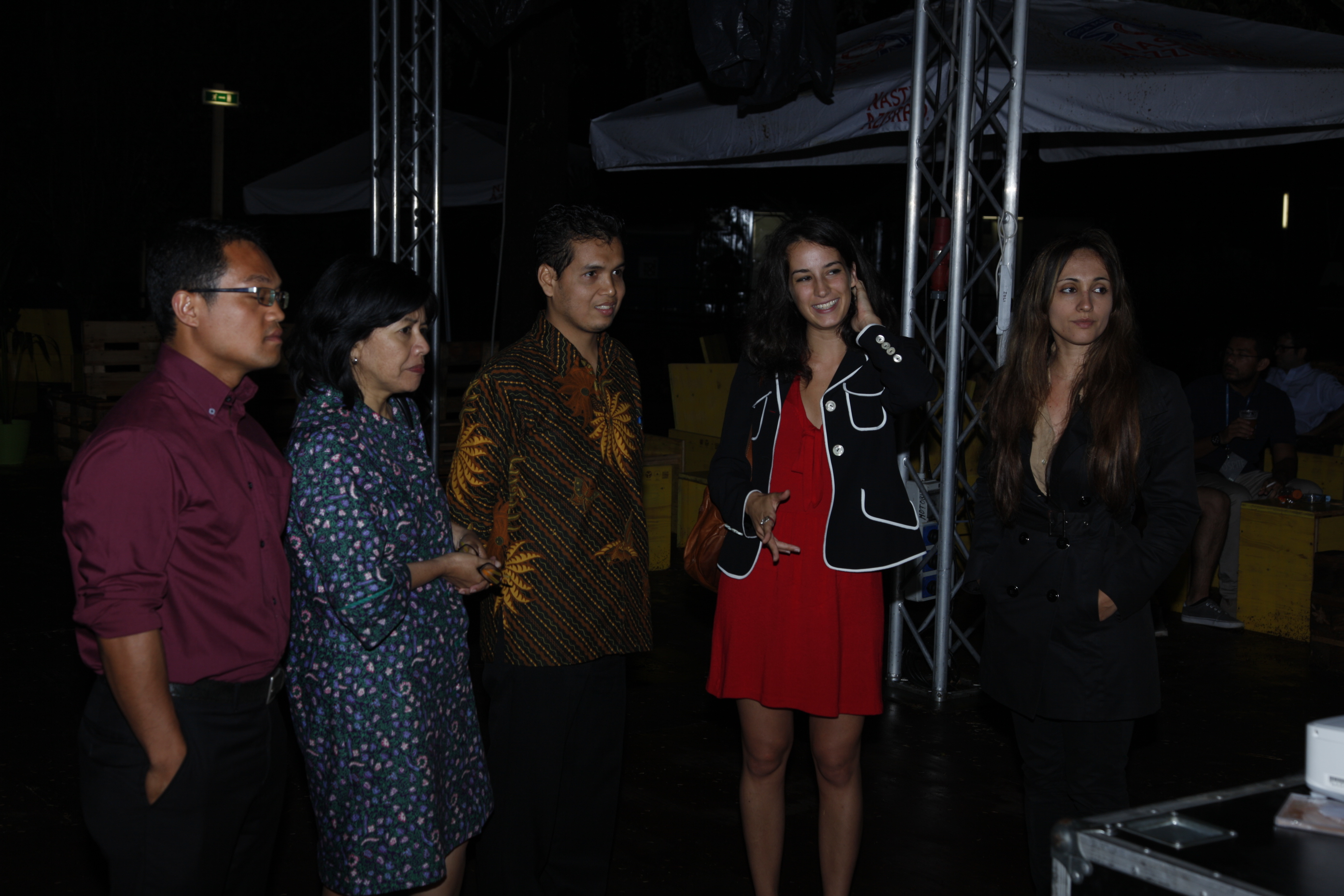
On July 18, right after an unexpected rain in Rome, we held a private screening of “Indonesia – Orienti, Visioni Contemporanee” for three members of the Embassy of the Republic of Indonesia in Italy. MNAO Contemporary’s Chief Curator Valentina Levy and I had an informal chat with Counsellor Nindarsari Utomo and Third Secretary Tinus Zainal. We discussed the difficulty to keep alive tradition in relation of Krisna Murti’s “Empty Theather”. We also dwelt on the value of documentation and national identity with Tintin Wulia’s video and we observed how the young generations of Italians can easily relate to SlavePianos and Punkasila’s work. The Embassy of the Republic of Indonesia in Italy is constantly promoting cultural events across the two countries, and it has been great to see how visual art can be part of that. Here a couple of pictures!
Read More




